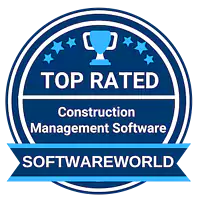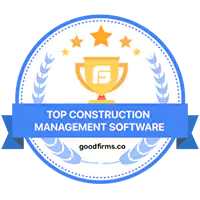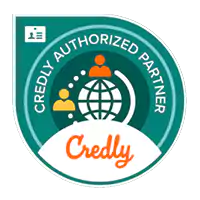The construction industry is one of the splendid spending industries in the world. According to data provided by Statista, in 2019, the industry has spent about $12 trillion across the globe. Post lockdown restriction the sector is expected to boom to almost $12.9 trillion spendings.
While these numbers are huge, a notification to be checked here is that almost 30% of these project cost in the construction industry is spent on rework. Improper usage of men, material and other resources adds to the loss of any construction company. A majority of industry leaders, consultants and experts regard this as a cause due to lack of technological upgrades. Missing out on the trend questions the sustainability of the business.
So what are the aspects that we miss in a construction project?
Here, let’s skim through to understand what the industry misses out on, in terms of cost control and learn how technology can overcome those issues.
- Poor Communication and Visibility with Stakeholders
Reports are the mode of communication in a project that updates the status or progress. Technology has already eased the data collation process and there is no excuse in still employing outdated mediums for data collection and maintenance. Varied formats of the report can confuse and question the integrity of the data. This also brings challenges to the team in understanding and converting the information. The relationship between our executives and stakeholders depends on how a project grasps its reports.
To maintain effective communication and relationship with the stakeholders, we need software with comprehensive report generation capabilities. A Project Cost Management Software with appropriate access to dashboards and that can facilitate report generation at any level of administration is preferred. Estimation forms the fundamental of a project’s cost. So having integrated estimation and cost management tools can provide more reliable information and cost control,
- Lack of Standard Work Breakdown Structure (WBS)
The work breakdown structure is systematic segregation of the project’s aims and scope. The overall project is made into compartments of smaller tasks, that may require distinct attention and approach. These classifications tend to shape the budget of the complete project. A digitised system can be used to perform the WBS either by copying it from another source or to as many WBS as required by the project. This creates a robust hierarchical classification. This also enables the aspects such as reporting, metrics and interfacing with other cost-related documents. The software can also help in arriving at a multiple breakdown structure in one estimate. This leads to a strong association with third parties, where even when they produce a different structured report, you can continue working with the specific breakdown structure generated in your company.
- Failing to Set and Track, Time and Budget
Years of study (Ernst and Young- 2014) reveal that on average project costs tend to climb by 59% from that of the initial estimation and a majority of companies reported schedule delays. The delay and overrun of budget can be effectively curbed with proper planning. As discussed, when it comes to planning information is the key.
A project management software can bear this load and eliminate any kind of underestimation. They can also help project managers in learning the course of the project and assist in decision making concerning any change in scope. Adopting a cost control system can facilitate sticking to the schedule and maintaining the budget limits.
- Lack of Dedicated Project Management Tool
Spreadsheets are no more in the bucket of the construction industry. The reason is that spreadsheets are not readability available and easy to start with. Suppose, the project scope alter or in case of a change in the execution team, it becomes extremely challenging to make the necessary changes and to transfer knowledge. Information collection alone is not merely enough, it must be possible to easily retrieve the data whenever necessary.
A digitised software can ensure more flexibility than spreadsheets. Such a project cost management software includes benefits such as safety of data, changes and progress management, predefined metrics, accessible from anywhere and easy to operate.
- Lack of Integrated Project Control
A construction project means several departments working together. Parallel smooth operation is what is expected in their execution, but in reality, most facets work independently and lack coordination. According to the Association for the Advancement of Cost Engineering, an optimum method to carry out a project is through an integrated channel rather than a cluster of individual departments.
Project management software is built on an integrated control framework. This enables different parts of the project to integrate. Successful implementation of such an integrated software platform can ensure consistency and profitability in your project.
These are the five main challenges faced by any construction industry and Construction Management Software that bridges the gap in these crucial areas can enhance the performance of the company and help them save a considerable share of their revenue.
Check Out the Free Demo Construction Management Software to Find If It’s a Good Fit for Your Company. Please Feel Free to Call Me on +91-95009-99165 and I Will Be Happy to Explain Further.










